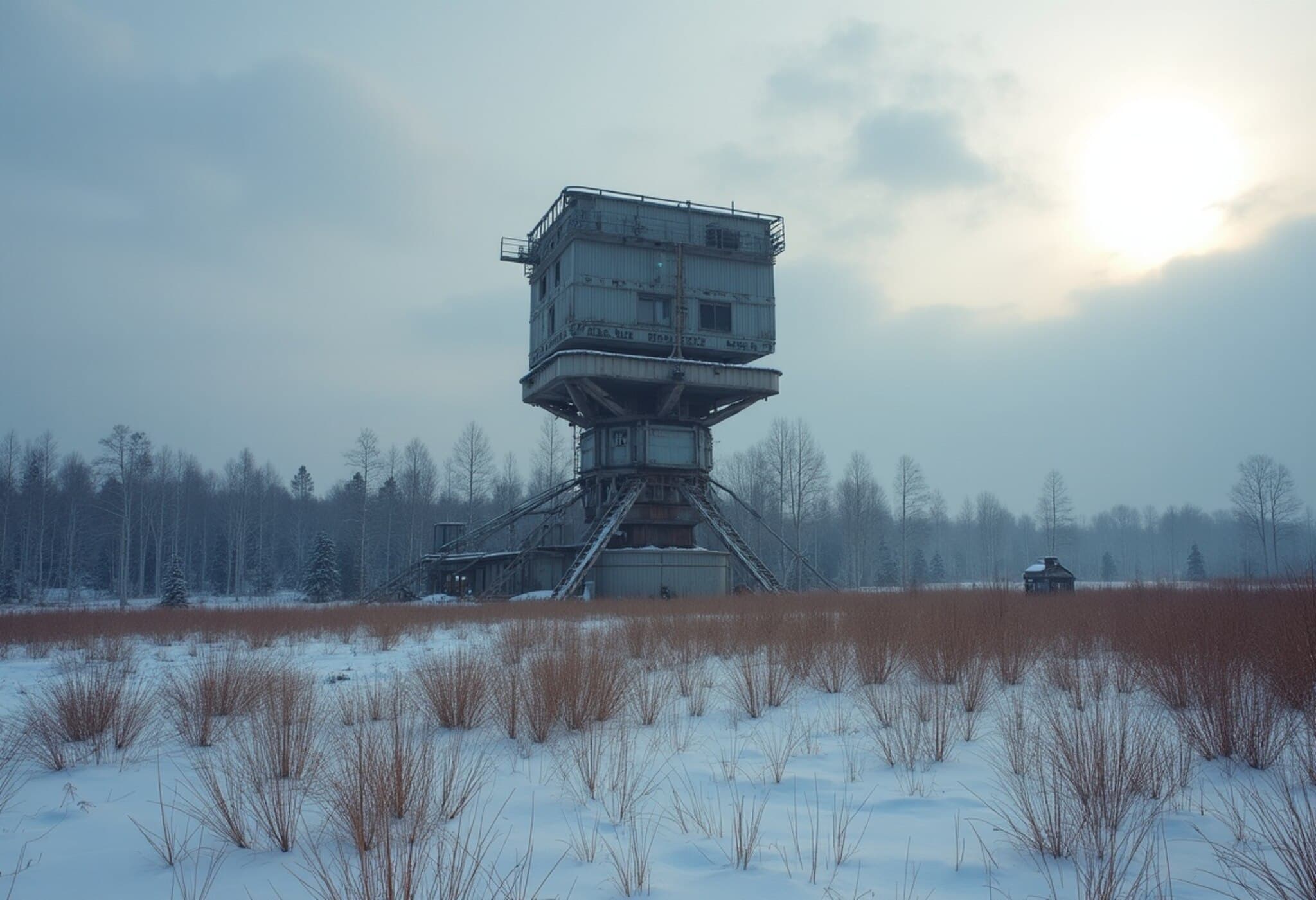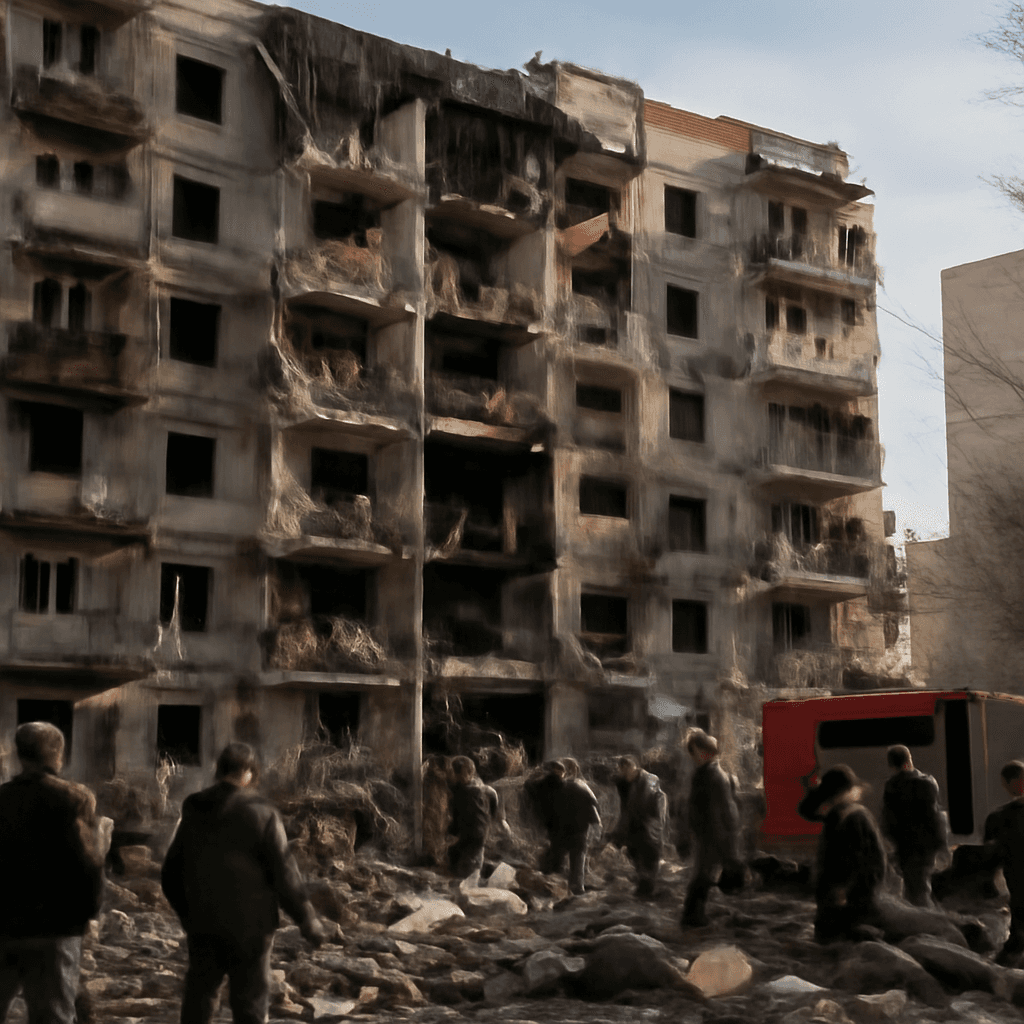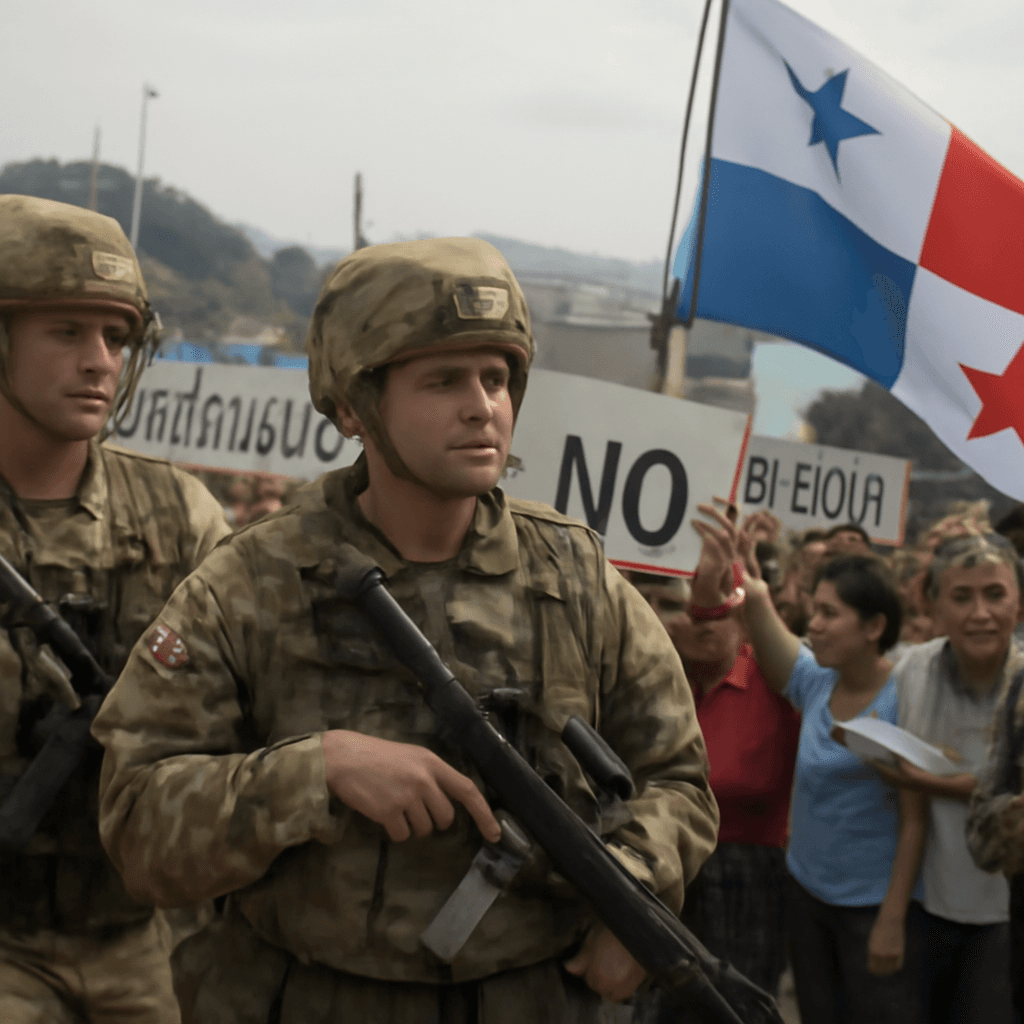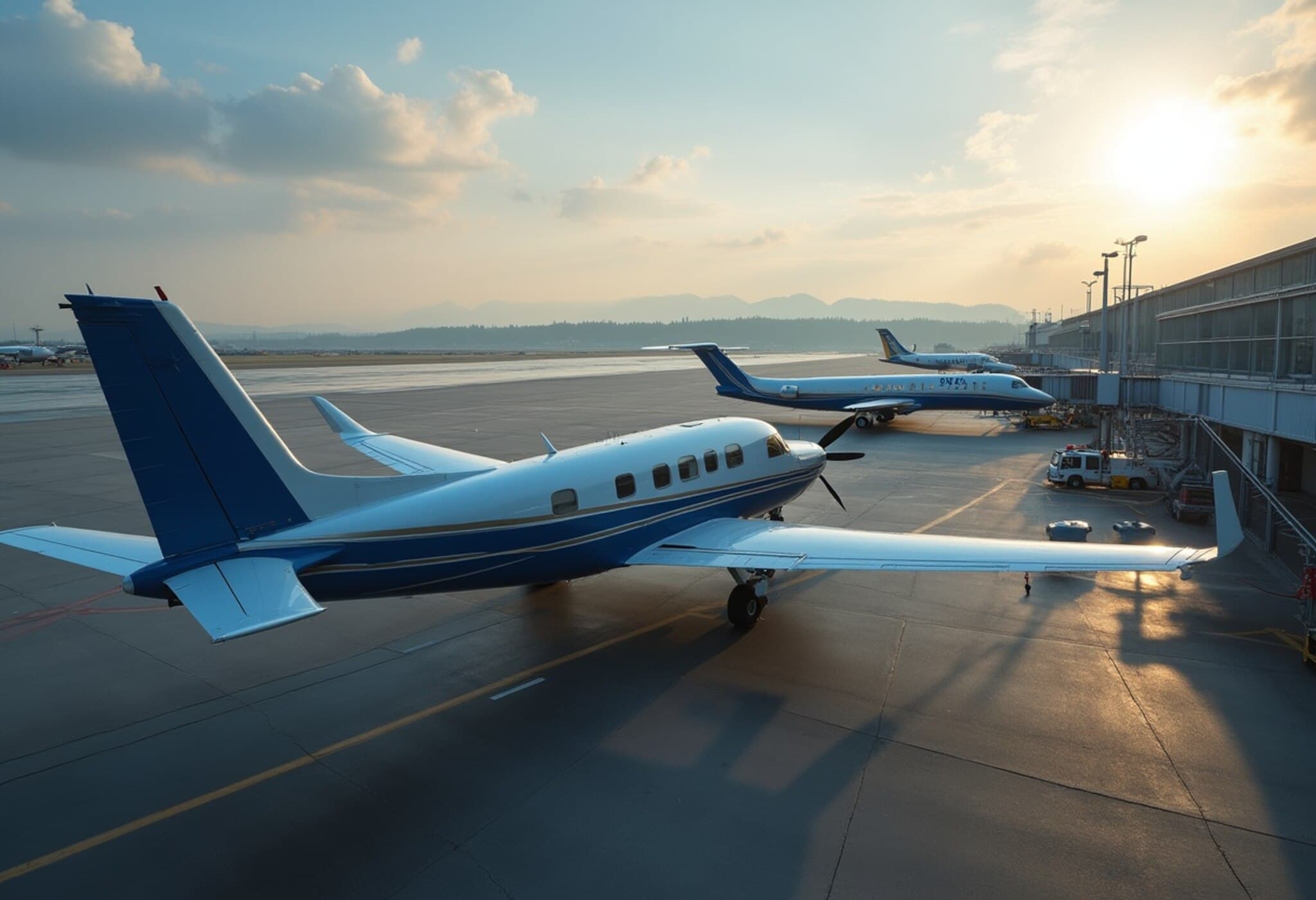Guardians of the North: Canada’s Cold War Radar Network
In the quiet town of Chibougamau, northern Quebec, a dormant radar dome stands weathered but resolute—a silent witness to Canada’s pivotal role in Cold War defense. This rusting relic once formed part of an expansive chain of radar stations, known collectively as the Pinetree Line, designed to detect Soviet bombers crossing the Arctic skies. The radar, now immobile and blackened by time, was the heartbeat of a community whose very existence revolved around monitoring some of the tensest moments in world history.
Frédéric Maltais, a native of Chibougamau, reflects on this legacy: “It’s staggering to think an entire town was centered around that single radar. The resources, the people, the lives dedicated—it was our raison d’être.” Surrounded by dense boreal forests, the Pinetree Line stretched over 3,000 miles, forming Canada’s southern Arctic perimeter, joined further north by the Mid-Canada and Distant Early Warning (DEW) Lines. These networks symbolized profound Cold War anxieties about Arctic vulnerabilities to Soviet attack, stretching from well below the Arctic Circle to the very edges of the polar frontier.
Life on the Edge: Communities Built Around Defense
During the Cold War, Chibougamau was often viewed as a remote frontier, a place so far-flung it entered the realm of folklore in Quebec’s popular imagination. Locals joked about sending misbehaving children there as a form of exile. Yet for those living there, it was home—the site of a Royal Canadian Air Force base that opened in 1962 and anchored a booming mining industry.
The radar installations, encased in enigmatic geodesic domes known as 'radomes,' were more than just technology—they shaped daily rhythms and community life. “We didn’t say we were going to the base; we were going ‘to the radar,’” recalls Maltais. His family’s day-to-day life included camaraderie fostered in the base’s mess halls, recreational facilities like pool tables, and even golf courses that replaced military installations after the Cold War.
The Human Story of the Arctic Outposts
Life was markedly different further north on the DEW Line, where personnel faced extreme isolation, harsh weather, and the constant specter of nuclear confrontation. Brian Jeffrey, a former radar technician stationed at Hall Beach (now Sanirajak), recalls the omnipresent tension during crises like the Cuban Missile Crisis, juxtaposed with long stretches of boredom and camaraderie facilitated by modest comforts such as flown-in first-run films and ample meals.
Indigenous communities also played a vital role in these northern defenses. William Dillon, whose Inuvialuit family worked along the DEW Line, describes a bicultural existence bridging traditional Indigenous life and modern military service. Their contributions have often been overlooked but remain integral to understanding the region’s complex socio-military history.
The Arctic Today: Renewed Geopolitical Significance and Militarization
With the Cold War relics quietly decaying in the boreal wilderness, the Arctic is once again thrust into the spotlight—this time amid rising global tensions over climate change, resource rights, and strategic dominance. The melting polar ice is opening new maritime routes and opportunities for resource extraction, sparking renewed military interest from Russia, China, and notably the United States.
In this context, President Donald Trump’s proposal for a $175 billion missile defense system dubbed the “Golden Dome” aims to shield the U.S. from intercontinental ballistic missiles potentially traversing the Arctic. Central to the plan is the installation of high-tech radar and missile interception systems within Canada’s northern territories, which places Ottawa at a geopolitical crossroads.
Prime Minister Mark Carney’s government has announced significant military spending increases, signaling a pivot toward greater defense autonomy and Arctic sovereignty protection. Notably, Ottawa has been hesitant to commit to the Golden Dome project under terms perceived as favoring U.S. leadership, emphasizing Canada’s desire to avoid becoming a junior partner reminiscent of the Cold War era.
The Stakes for U.S.-Canada Relations and Arctic Sovereignty
- Strategic Autonomy: Canada’s quest to assert control over its Arctic sovereignty requires balancing cooperation and independence from U.S. military initiatives.
- Economic and Environmental Impact: Military buildup intersects with Indigenous rights, environmental protection, and resource development, raising complex policy challenges.
- Historical Lessons: The legacy of Cold War cooperation offers valuable insights into collaboration, technology sharing, and the socio-cultural impacts of militarization on northern communities.
Echoes of the Past, Visions for the Future
The rusting radar domes scattered across Canada’s northern landscape are more than artifacts; they are tangible narratives of a time when global fears forged local identities and communities. Today, as the Arctic reemerges as a geopolitical hot spot, the lessons and memories of these installations offer perspective on the costs and complexities of militarization in remote regions.
For towns like Chibougamau, the transformation—from Cold War outpost to quiet community—embodies the broader story of resilience amid global change. Yet, the question lingers: as new technologies and powers converge on the Arctic, how will Canada navigate the delicate balance between national security, international cooperation, and the rights of Indigenous peoples?
Editor’s Note
This article sheds light on an underexplored chapter of Cold War history embedded in Canada’s northern landscapes, connecting it to contemporary security debates. It invites readers to consider the often overlooked human and geopolitical dimensions of Arctic defense strategies, and to reflect on how historical precedents might shape Canada’s future in a rapidly changing Arctic environment.



















